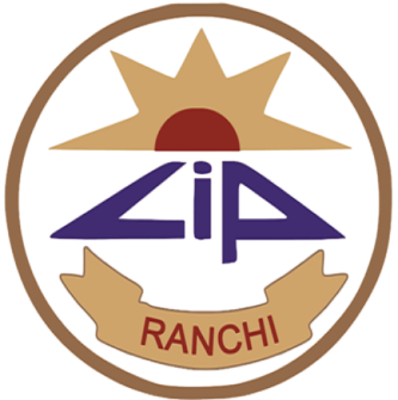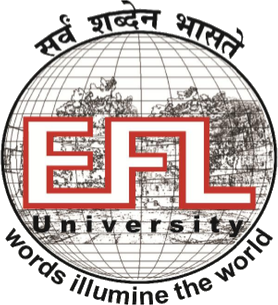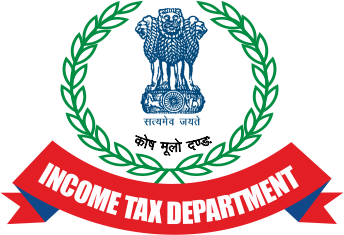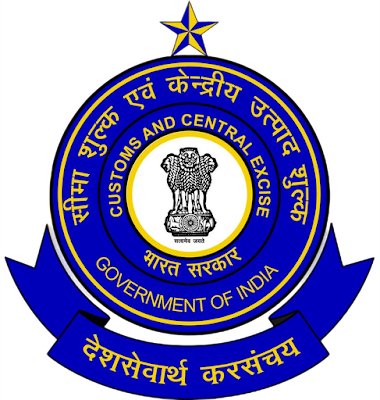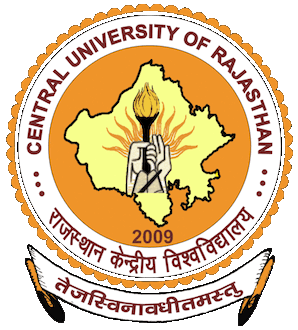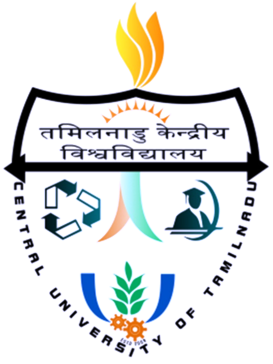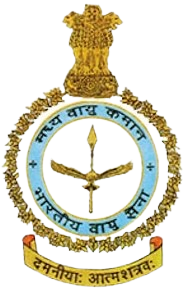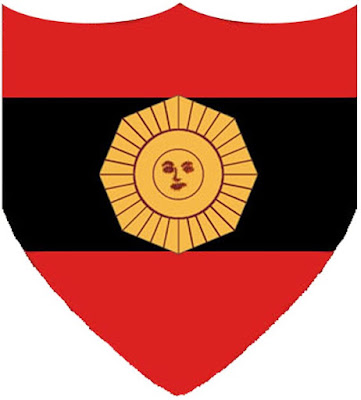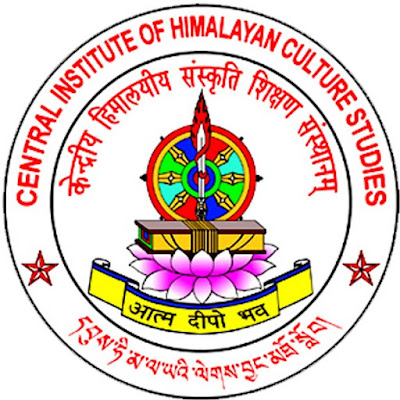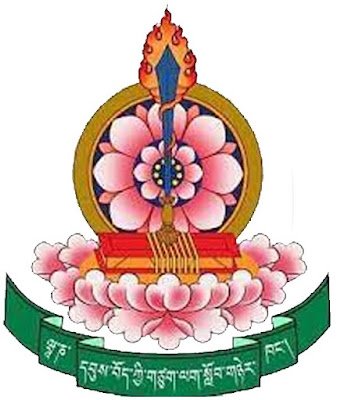CENTRAL INSTITUTE OF PSYCHIATRY The emblem of Central Institute of Psychiatry (CIP), Ranchi has a brown colour rising sun with five golden rays is supported by the monogram of its acronym. Below these, the name of the place is written on a golden banner. All these are ensconced in a light brown circular outline. The brown and gold colour sun denotes life, energy, power, positivity, illumination, light and clarity; the colour brown denotes earthiness, simplicity, stability, humility, warmth, reliability, endurance, timelessness and tradition and the colour gold signifies wealth, prosperity, power, prestige and achievement.

